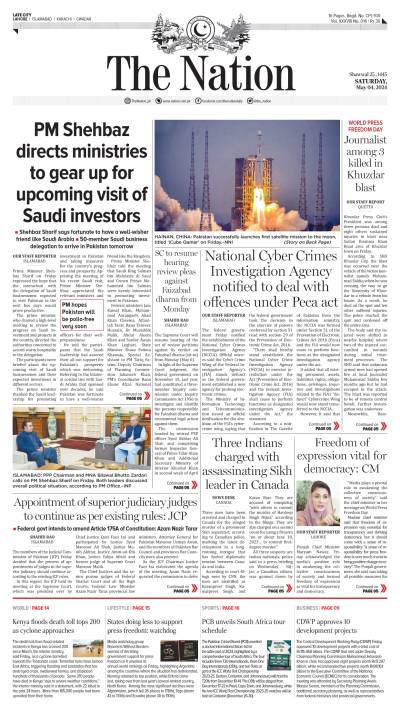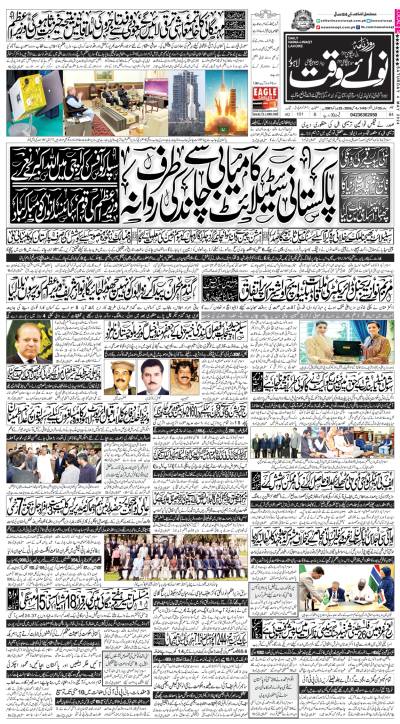Thuingaleng Muivah, the Chief of National Socialist Council of Nagaland (NCNS), in a recent interview with East Mojo digital channel, has roared with no mincing of words. “Ours is ours and there is theirs, we are not asking for anything from India as Nagas were never part of Indian Union, even under the British”.
When asked about the reaction of Naga people, if India resorted to use of coercion and force, Muivah raised his figure and replied, “There will be only one choice, Nagas will have to stand their ground, we will never surrender our history to India, we have fought them before and if forced upon us, we will not surrender, sorry”.
Born in Shongran (Somdal) in 1934, Muivah is Tangkhul Naga from Manipur state. Muivah had schooling at his village and in Ukhrul. Joined the Naga National Council (NNC), an armed group campaigning for secession of Nagaland from India, became the General Secretary of NNC. When a group of NNC leaders signed the Shillong Accord of 1975 with the Government of India, Muviah and some others denounced them as traitors.
Isak Chishi Swu, Muivah and S. S. Khaplang broke away from NNC to form the National Socialist Council of Nagaland (NSCN) in 1980. The NSCN was formed as a result of discontentment with the Shillong Accord, and continued secessionist activities abandoned by the NNC. The group later split into NSCN (IM) led by Swu and Muivah, and NSCN (K) led by Khaplang due to major disagreements.
The major breakthrough of the peace talk happened on 3 August 2015 with the signing of a secret peace accord between Indian Government and NSCN; however keeping it secret and announcing it in 2019 has created its own problems. Indian NSA Ajit Doval thought he could get time to create cleavages within Naga ranks and betray the leadership through typical Chanakaya doctrine of ‘divide and destroy’. As cutoff date of 31st Oct 2019 passed without Naga leadership agreeing on the finalization of the so called peace accord, RSS cabal seems to be confused and perplexed.
Indian north east is a shatter zone of Seven Sisters including restive states of Arunachal Pradesh, Assam, Manipur, Meghalaya, Mizoram, Nagaland and Tripura connected with the mainland India through a thin Chicken’s Neck called the Siliguri Corridor. Nagas inhabit most of these states with major part living in Nagaland and Manipur.
As reported by Aljazeera, Manipur leaders dropped another bombshell on India, dissident political leaders from the Indian state of Manipur on 29th Oct said they were unilaterally declaring independence from India and forming a government-in-exile in Britain. The former princely state became part of India in 1949, two years after the country won independence from Britain, but has since seen decades-long violent separatist campaigns.
Narengbam Samarjit, external affairs minister in the self-declared Manipur State Council, said the exiled government would push for recognition at the United Nations. “We will run the de jure exiled government here ... from today onwards,” he told reporters in London after a declaration of independence first announced in Manipur in 2012 was read aloud.
Looking at Seven Sisters, there are dozens of groups of tribes and indigenous people fighting for independence from Indian occupation. The United National Liberation Front of Western South East Asia (UNLFW) is a united front of armed separatist groups in India formed by the United Liberation Front of Assam, the National Socialist Council of Nagaland, the Kamtapur Liberation Organisation, and the National Democratic Front of Bodoland. It has claimed responsibility for the ambush of eighteen Indian soldiers in Manipur in one of the deadliest attacks against Indian security forces in over thirty years.
Naga student Federation (NSF) is another political group comprising youth of Nagaland and Manipur, similarly, Naga Hoho comprising various Naga tribes, has asked for removal of draconian 1958 Armed Forces Special Powers Act (AFSPA) from entire Nagaland.
R H Raising the convener of the committee involved in talks with Indian Govt speaking to East Mojo Channel clearly spelt out that the agreement between NSCN Government of the People’s Republic of Nagaland/Nagalim (GPRN) and deliberated that the main aspects of the agreement :
Coexisting of two entities, Nagalim and India
We will not be a party to Union of India.
We will not merge with Union of India but we will coexist with Union of India and not within Union of India
India talked of sharing of power, but we say it can be misinterpreted by any one, is it autonomous power or sovereign power? Shared sovereignty does not apply to one entity, it applies to two nations and two governments.
Meanwhile Naga student federation held a massive rally in Delhi for an honorable solution to Naga question. This year Naga people held Naga Independence Day on 14 August instead of 15th August and Indian state government called it a violation of Indian constitution. The sentiment of the Naga People was also echoed by Naga Hoho,the body of Naga tribes across the seven sisters.HK Zhimomi the president of Naga Hobo said, If flag and constitution are not granted, what is the honorable solution? It may be noted that Naga Army (including intelligence operators) fighting for independence is between 10000 to 15000 cadres.
Indian actions in Occupied Kashmir after abrogation of Article 370 and 35A has made the Nagas wary of Indian designs. As reported by Aljazeera on 6 Oct, veteran Naga leader Muivah said that New Delhi’s abrupt decision to strip Kashmir’s special status was ‘unacceptable’. Nagaland is safeguarded by Article 371A, which exempts it from following Indian laws.
Expressing disappointment with the way the government led by Modi diluted Kashmir’s special status, Muivah said he feels “nothing short of betrayal” since India removed occupied Kashmir’s special status and brought its only Muslim-majority region under direct central rule.
Although Amit Shah has reassured regional leaders in the northeast that Article 371 will not be scrapped, rebel groups fear that the current Hindu nationalist BJP government may dilute these constitutional provisions as part of its “one nation one constitution” vision. Experts fear that any accord signed without consensus may fail, such as the Shillong Accord. Muivah asked Nagas to repose faith in the Lord above all else. “Nagalim is for Christ, so we will not betray. If we betray, God will no longer be with us.”
India Today sensing the mood in Nagaland and Manipur twisted the facts on 29 Oct and stated that some NSCN (IM) members have left the group and joined Naga National Political Groups (NNPGs), an umbrella organization (created by Indian intelligence) and part of the talks that wants a solution to the Naga discord.
There are questions raised on Doval doctrine as well; it is hypocritical towards two states of IOJ&K and Nagaland. This doctrine has abrogated article 370 and 35A in Occupied J&K and annexed it without even consulting the so called State Assembly on one hand, but is negotiating with Nagaland leadership on issues of sovereignty and flag. Does India only understand the language of power and militancy?
To conclude, Naga’s distinct identity and culture and resilient leadership will not compromise on anything less than a separate constitution and a separate flag, let us see how Doval doctrine deals with this daunting challenge.
The authors are freelance journalists.adeelanaureen@gmail.com
Naga’s distinct identity and culture and resilient leadership will not compromise on anything less than a separate constitution and a separate flag, let us see how Doval doctrine deals with this daunting challenge.





